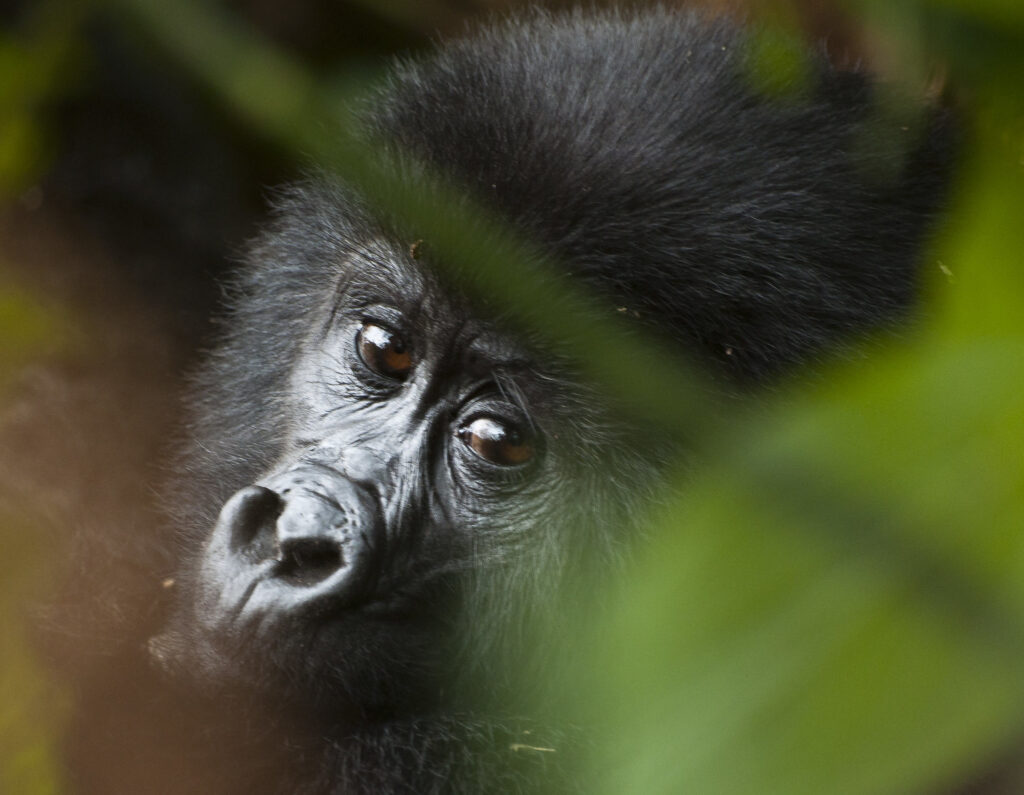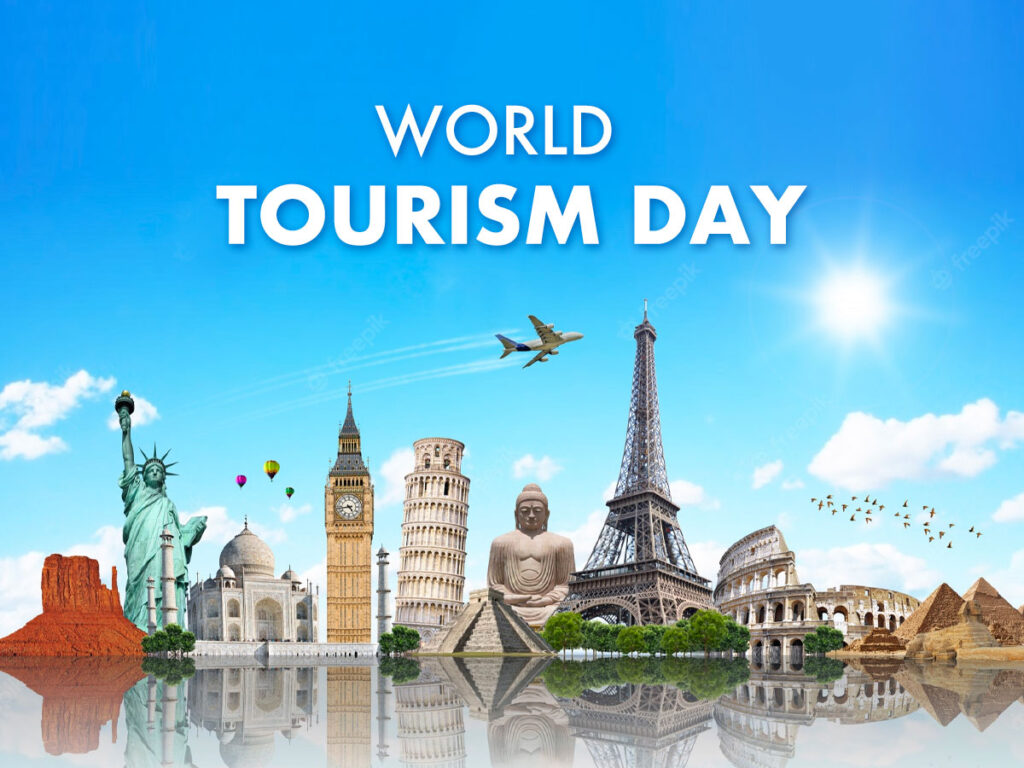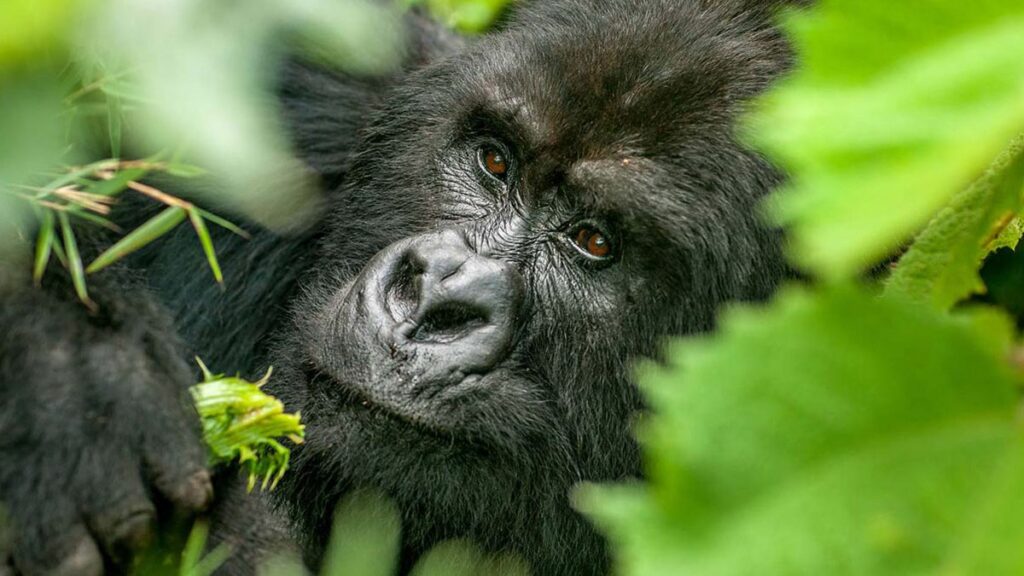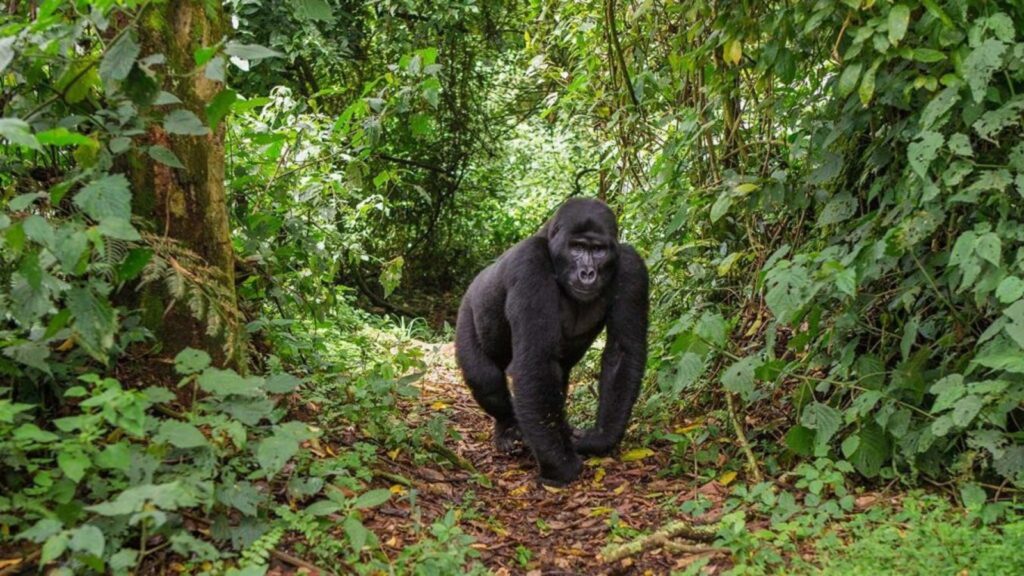Gorilla Trekking vs. Chimpanzee Trekking.
If you are planning a wildlife safari in East Africa, you might wonder whether to choose gorilla trekking or chimpanzee trekking. Both experiences offer incredible opportunities to see primates in their natural habitats. But they differ in many important ways—from location and difficulty to behavior and cost. Understanding these differences helps you pick the right adventure.
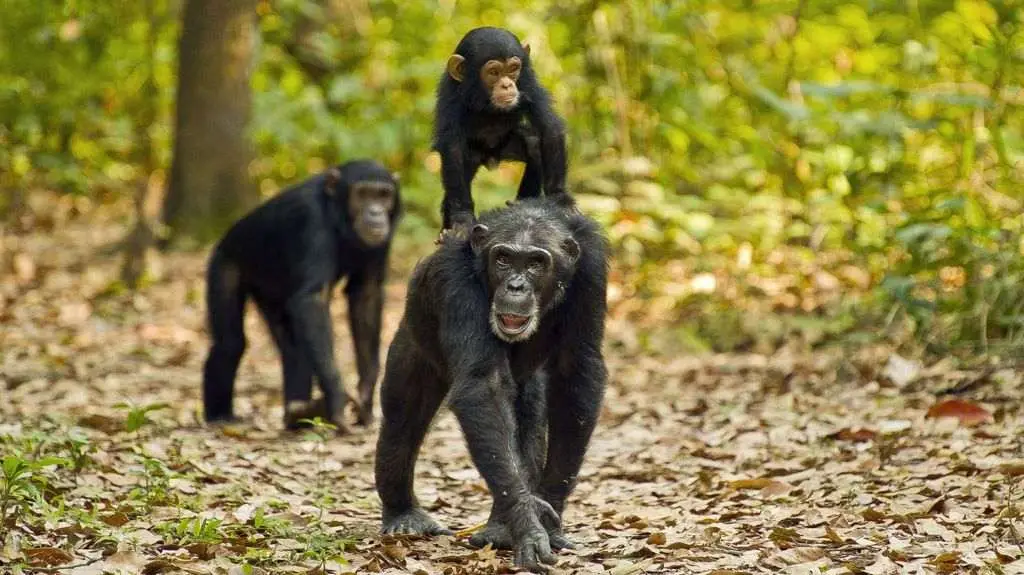
Where They Take Place
Gorilla trekking happens in a few limited places:
- Bwindi Impenetrable Forest and Mgahinga Gorilla National Park in Uganda
- Volcanoes National Park in Rwanda
- Virunga National Park in the Democratic Republic of Congo
Chimpanzee trekking is more widespread across East Africa. Popular sites include:
- Kibale Forest National Park in Uganda (known as the “primate capital”)
- Mahale Mountains National Park in Tanzania
- Gombe Stream National Park in Tanzania
- Budongo Forest and Budongo Forest Reserve in Uganda
The Animals
Mountain gorillas are larger and slower-moving than chimpanzees. They live in stable family groups led by a dominant silverback male. Gorillas tend to be calm and curious.
Chimpanzees are smaller, faster, and more active. Their groups are larger and more fluid, with complex social behaviors. They often move quickly through trees and can be noisy and playful.
Trekking Difficulty
Gorilla trekking usually involves tougher hikes. Trails can be steep, muddy, and challenging. Treks last from 1 to 6 hours depending on where the gorillas are.
Chimpanzee trekking varies. Some sites have easier trails and shorter hikes. Others, like Mahale Mountains, require long boat rides and strenuous trekking.
Viewing Experience
Gorilla encounters last exactly one hour with a small group of up to eight people. The gorillas are habituated to human presence but remain wild and may be found sitting or feeding nearby.
Chimpanzee viewing can vary. Some sites allow longer observation times. Chimpanzees are more active and unpredictable, often moving quickly and making the experience more dynamic but less predictable.
Cost Differences
Gorilla permits cost:
- Uganda: $800
- Rwanda: $1,500
- Congo: around $400
Chimpanzee permits are generally much cheaper:
- Uganda’s Kibale Forest: about $60–$150
- Tanzania’s Mahale or Gombe: $70–$100
Which One Is Right for You?
- Choose gorilla trekking if you want a profound, close-up experience with one of the world’s rarest animals and don’t mind a physical challenge.
- Choose chimpanzee trekking for a more varied primate experience, easier access, and often more affordable permits.
Many travelers combine both on their safari for a richer wildlife adventure.
Final Thoughts
Both gorilla and chimpanzee trekking offer unforgettable encounters with intelligent, social primates. Understanding the differences helps you plan a trip that matches your interests, budget, and fitness level.

